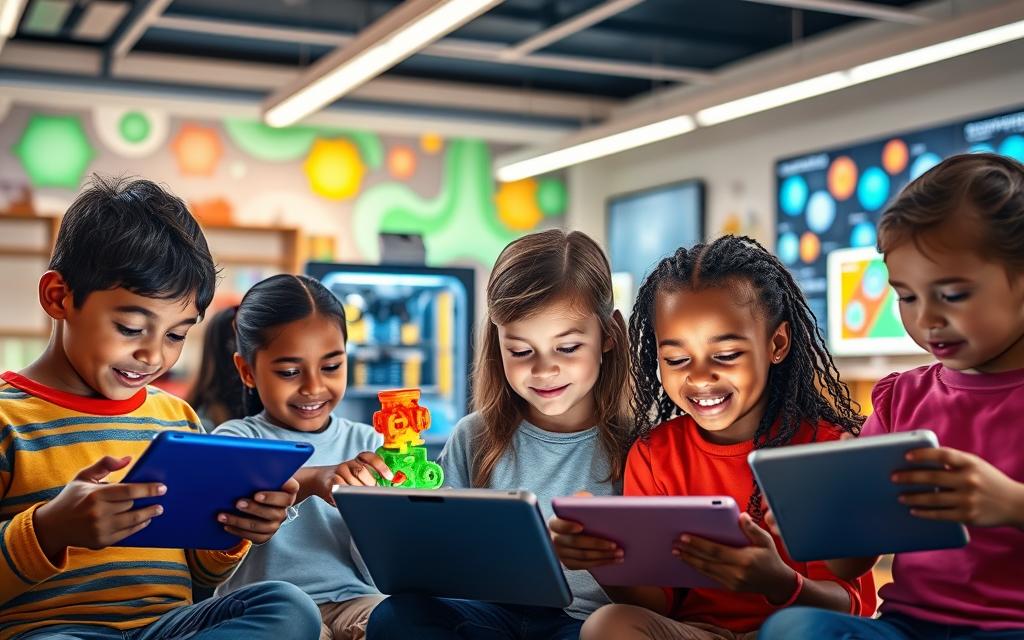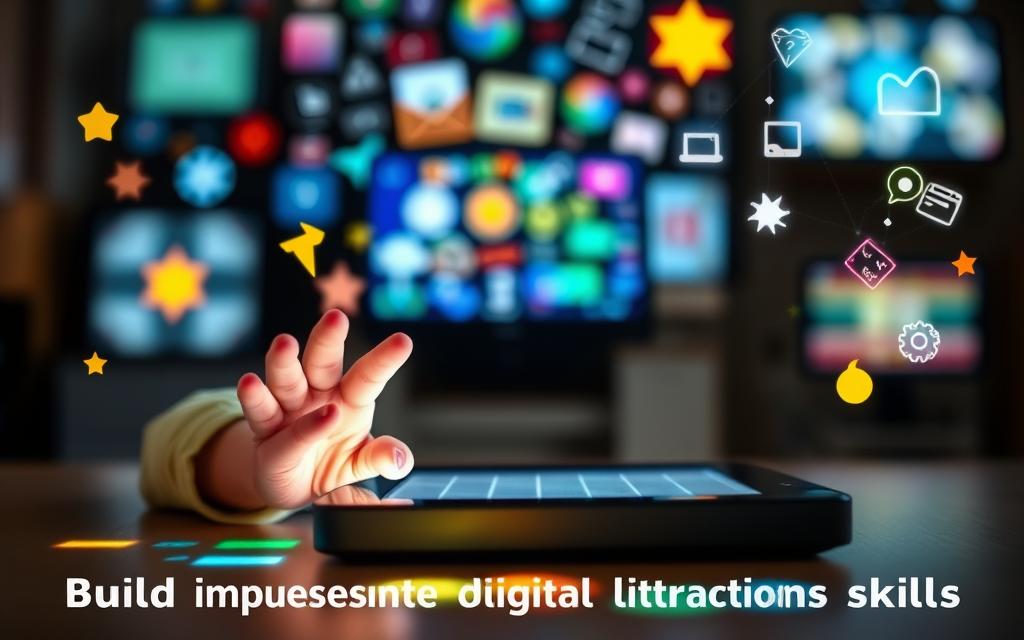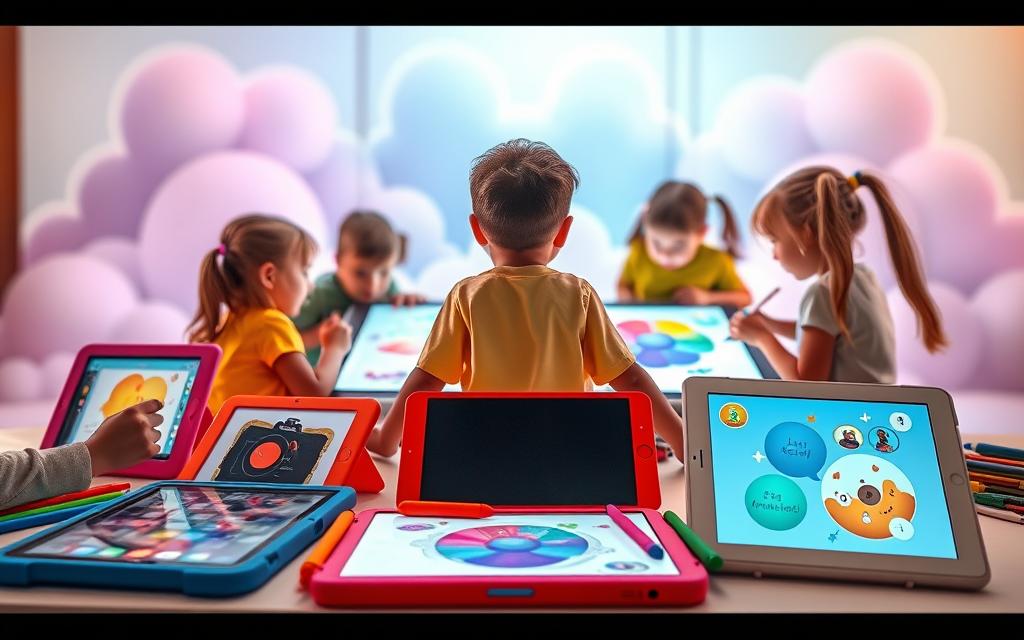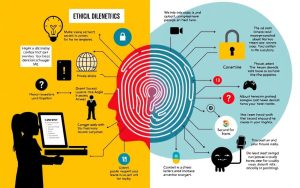The role of technology in children’s lives has grown significantly, becoming an integral part of their development and education. As screen time increases, parents and educators are concerned about the impact of technology on children under 12.
Finding a balance between traditional learning methods and digital tools is crucial. When used appropriately, technology can enhance learning experiences, develop essential skills, and prepare children for a digital future. For instance, the use of digital video technology in education has shown to improve engagement and reduce physical media waste, as noted in a guide on digital video technology.
Managing screen time is vital to maximize benefits while minimizing potential drawbacks. This guide will explore the benefits of technology for children and provide insights on effective time management for a healthy balance.
The Digital Landscape for Today’s Children
Today’s children are growing up in a world where digital technology is omnipresent. This new reality has significantly impacted their daily lives, influencing how they learn, play, and interact with others.
Technology’s Growing Role in Childhood Development
Children aged 8-12 spend about 4-6 hours per day in front of screens, according to Common Sense Media. This exposure shapes their cognitive, social, and emotional development. As “digital natives,” they interact with technology from an early age, often before formal education begins.
- Reshaping Development: Technology affects various aspects of a child’s growth.
- Balance is Key: Finding a healthy balance between screen time and other activities is crucial.
Finding Balance in a Digital World
Parents and educators must navigate this digital landscape to ensure technology enhances child development. The distinction between “quality screen time” and passive consumption is vital.
Ensuring a balance between screen time and physical activities is essential for healthy development.
How Is Technology Beneficial to Kids Under 12?
Technology is transforming the way children under 12 learn and interact with the world around them. With the right guidance, technology can be a powerful tool for enhancing cognitive development and learning outcomes.
Overview of Key Benefits
The benefits of technology for children under 12 are multifaceted. Digital tools can provide personalized learning experiences that adapt to each child’s pace, learning style, and interests. This can make learning more engaging and interactive, increasing children’s motivation and retention of information.

Research-Backed Advantages
Research supports the idea that interactive apps and games can be more educational for young children than passively watching videos. According to the American Academy of Pediatrics, such interactive technology can positively impact cognitive development and skill acquisition. By leveraging technology, children can develop essential skills such as problem-solving, critical thinking, and creativity.
Educational Advantages of Digital Tools
Digital tools are revolutionizing the way children under 12 learn by making education more interactive and accessible. These tools transform traditional education by providing personalized learning experiences.
Interactive Learning Applications
Educational apps and games are being used to improve reading, maths, and problem-solving skills. For instance, interactive learning platforms offer engaging ways for children to develop fundamental skills in literacy and numeracy.
Access to Global Knowledge Resources
Technology provides unprecedented access to global knowledge resources, allowing children to explore topics beyond the standard curriculum. This access enables children to learn according to their interests and at their own pace.
Supporting Different Learning Styles
Digital tools can accommodate different learning styles, including visual, auditory, and kinesthetic. This adaptability helps children with diverse learning needs, ensuring that each child receives an appropriate education.
By leveraging these educational advantages, digital tools can significantly enhance the learning experience for children under 12, making education more effective and enjoyable.
Building Essential Digital Literacy Skills
Digital literacy is a vital skillset for kids growing up in a world where technology is omnipresent. As technology continues to shape the future, it’s essential that children develop the skills necessary to navigate this digital landscape effectively.
Preparing for a Technology-Driven Future
Early exposure to technology helps children develop technical competencies that will be crucial for their future education and careers. By learning to use digital tools responsibly, children can gain a strong foundation in digital literacy.
Critical Thinking and Information Evaluation
Guided technology use teaches children to critically evaluate online information, distinguishing between reliable sources and misinformation. This skill is essential in today’s digital age, where information is readily available but not always accurate.

Responsible Digital Citizenship
Children can learn responsible digital citizenship by understanding online safety, privacy awareness, and ethical behavior in digital spaces. By promoting these skills, parents and educators can empower children to be creators, not just consumers, of digital content.
By fostering digital literacy skills, we can help children develop into capable and responsible digital citizens, ready to thrive in a technology-driven world.
Enhancing Communication and Social Development
While concerns about screen time are valid, technology also offers numerous opportunities for children to develop essential social skills. Children who use online tools for collaboration and communication tend to have better social skills, according to research by Smarty Ears.
Connecting with Family and Friends
Digital platforms enable children to stay connected with distant family members and friends through video calls and messaging apps, strengthening relationships and developing communication skills.
Collaborative Learning Opportunities
Online learning communities provide opportunities for children to work together on digital projects, share ideas, and develop teamwork abilities. Some benefits include:
- Developing problem-solving skills through collaborative projects
- Learning to express themselves effectively in a digital environment
- Building empathy and understanding through shared experiences

Building Confidence Through Digital Expression
Creating digital content, such as videos, artwork, or stories, helps children build confidence and develop their unique voice. Guided social media use can also teach children about digital etiquette and responsible online communication.
Fostering Creativity and Innovation
Technology has revolutionized the way children express their creativity, offering a myriad of digital tools that weren’t available to previous generations. From designing animations to building robots, digital tools unlock creative potential. Students can invent, prototype, and share ideas that go far beyond paper, preparing them to be not just consumers of content, but creators of the future.
Digital Creation Tools for Young Minds
Various digital creation tools are designed for children under 12, including animation software, music composition apps, digital art platforms, and simple coding environments. These tools allow children to express themselves in new ways, potentially revealing talents and interests that might otherwise remain undiscovered.

Problem-Solving Through Technology
Technology-based creative activities develop problem-solving skills, logical thinking, and the ability to iterate on ideas. By engaging with digital tools, children learn to approach challenges from different angles, fostering an entrepreneurial and innovative mindset.
From Consumers to Creators
Digital creation shifts children from passive consumers of content to active creators. This shift is crucial in STEAM (Science, Technology, Engineering, Arts, and Mathematics) education, as it encourages children to explore their creativity while developing essential skills.
| Digital Tool | Creative Outcome | Skill Developed |
|---|---|---|
| Animation Software | Animated Videos | Storytelling, Visual Effects |
| Music Composition Apps | Original Music | Musical Composition, Creativity |
| Digital Art Platforms | Digital Artwork | Artistic Expression, Color Theory |
By leveraging technology, children can unlock their full creative potential, developing into innovative thinkers and problem-solvers.
Setting Healthy Technology Boundaries
To ensure technology serves as a positive force in children’s lives, parents must establish clear guidelines. This involves understanding the recommended screen time limits and creating a balanced plan that integrates technology with other aspects of their lives.
Age-Appropriate Screen Time Guidelines
The American Academy of Pediatrics recommends that children aged 2 to 12 years old limit their screen time to 1-2 hours per day of high-quality educational programming. For children under 2, screen time should be limited to video chatting with family and friends.
Excessive screen time can interfere with sleep quality and attention span. It’s crucial for parents to be aware of these guidelines and adjust them according to their child’s individual needs.
| Age Group | Recommended Screen Time |
|---|---|
| Under 2 years | Video chatting only |
| 2-5 years | 1 hour of high-quality educational content |
| 6-12 years | 1-2 hours of high-quality educational content |
Creating a Balanced Technology Plan
A balanced technology plan involves setting limits on screen time, encouraging physical activity, and promoting other hobbies. Parents should designate tech-free zones and times, such as during meals or before bed.
“Children need to develop self-regulation skills to manage their screen time effectively. Involving them in setting their own limits can be a valuable learning experience.”
Monitoring and Managing Digital Activities
Parents can use parental control software to monitor their child’s digital activities. It’s also important to have open conversations with children about online safety and digital citizenship.

By setting clear boundaries and being involved in their children’s digital lives, parents can help their kids navigate the digital world in a healthy and positive way.
Conclusion: Embracing Technology’s Potential for Children’s Growth
The thoughtful integration of technology into a child’s life can have a profoundly positive impact on their growth and development. By embracing digital tools in a balanced way, we can enhance learning, creativity, and communication. Parental involvement is crucial in guiding children‘s technology use and modeling healthy digital habits. As the digital landscape evolves, ongoing adaptation is necessary. By wielding technology wisely, we can unlock new opportunities for children‘s development, preparing them for future success in a rapidly changing world at a suitable age.







